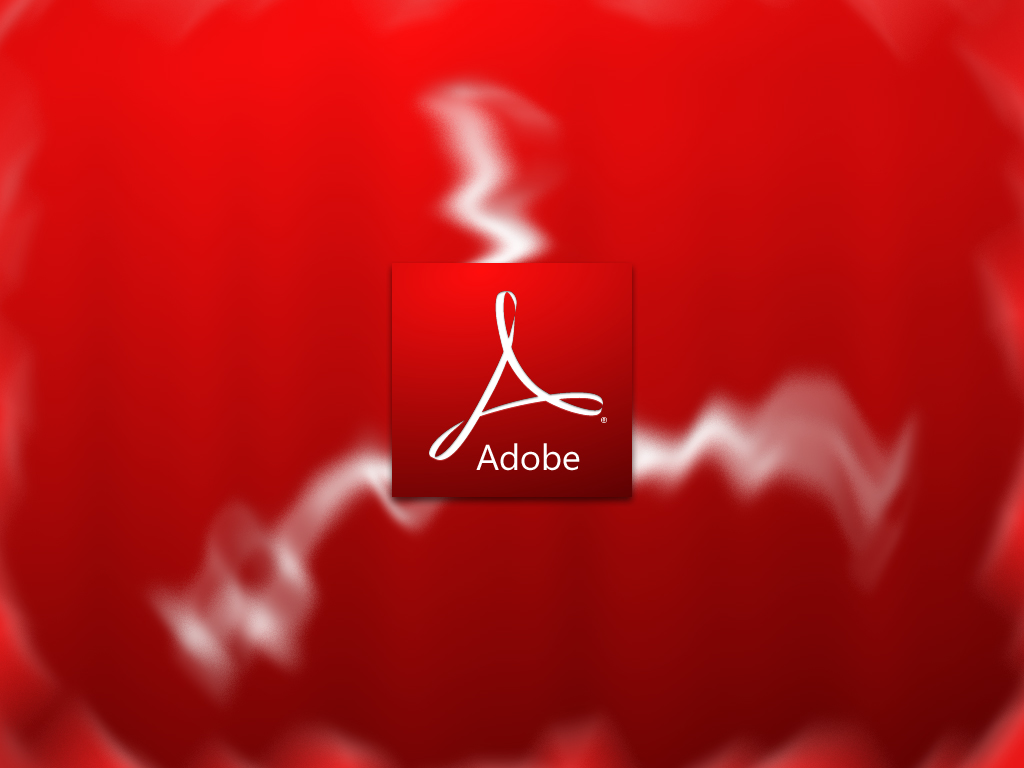
SEE: Python is eating the world: How one developer’s side project became the hottest programming language on the planet (TechRepublic cover story PDF) Python is dynamically typed and garbage-collected (through reference counting and cycle detection), supports object-oriented and structured programming fully, and largely supports functional and aspect-oriented programming, making it particularly versatile and applicable for a wide variety of use cases. Python differs from other programming languages, as it prioritizes code readability and use of whitespace over compact, tiny source files. Python is an interpreted programming language (also called a scripting language), created in 1990 by Dutch programmer Guido van Rossum, following his experience working on the education-focused ABC language at CWI. SEE: Hiring kit: Python developer (TechRepublic Premium) What is the Python programming language, and who created it? This article is also available as a download: Python programming language: A cheat sheet (free PDF). This cheat sheet explores what Python is used for and how it compares to other programming languages, and provides resources for learning the language. This extensibility makes Python an excellent programming language for junior developers to get started with, but also one that remains applicable at scale, as Python is used extensively for real-world applications. How to clone a GitHub repository: A quick tutorial You should be using the command-line interface for Microsoft 365


Since the first release in 1990, Python has gained public support in academia and business, being used extensively in artificial intelligence and machine learning, serving as the underpinning of OpenStack, as well as powering the cloud file storage service Dropbox. With over 10.1 million developers using Python, the popularity of the Python programming language can’t be denied.


 0 kommentar(er)
0 kommentar(er)
